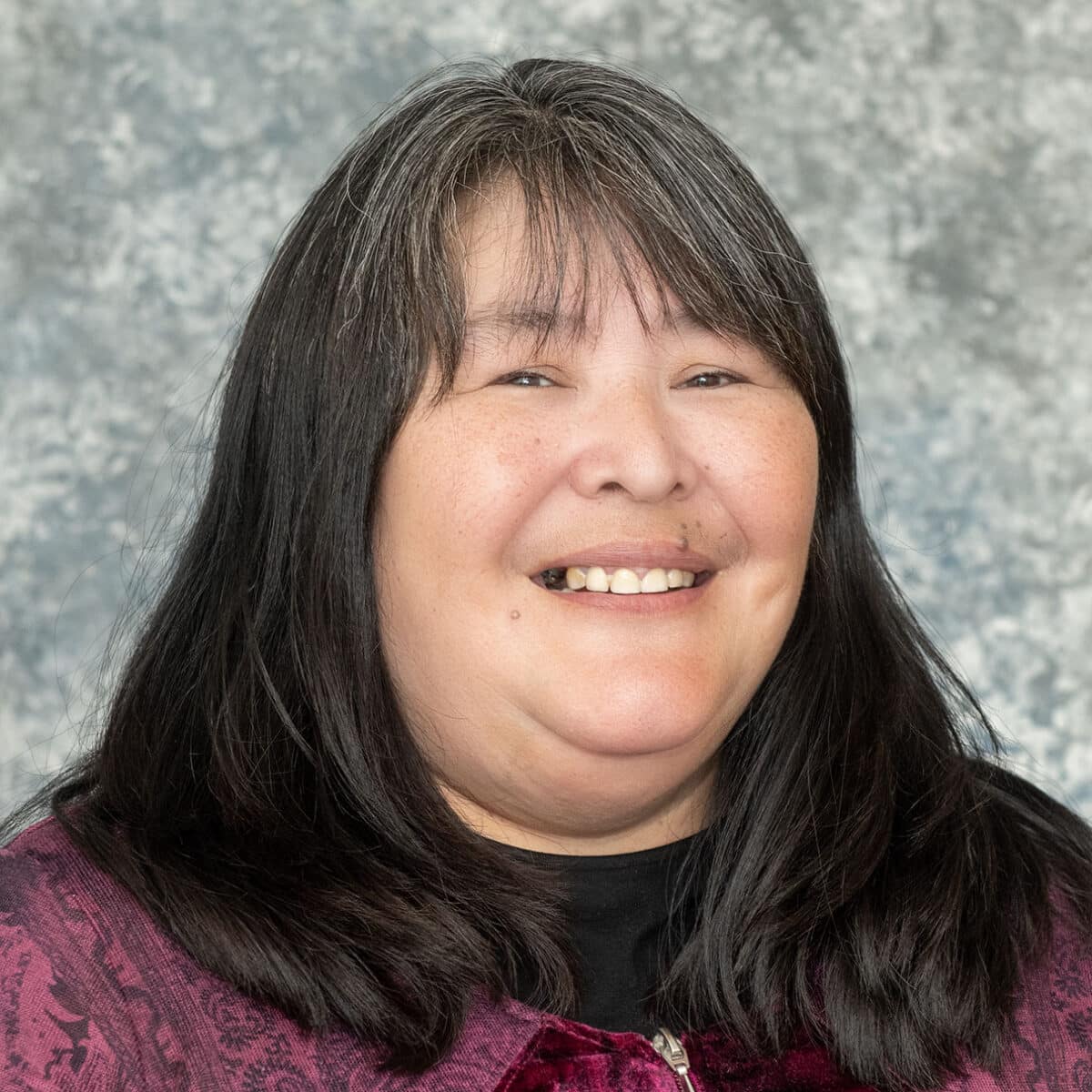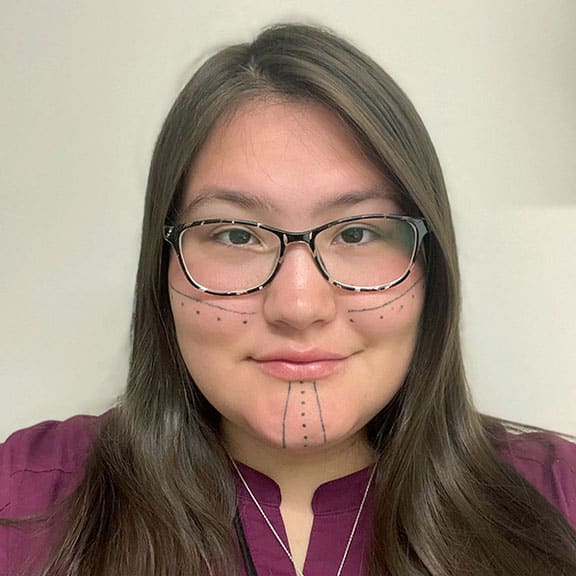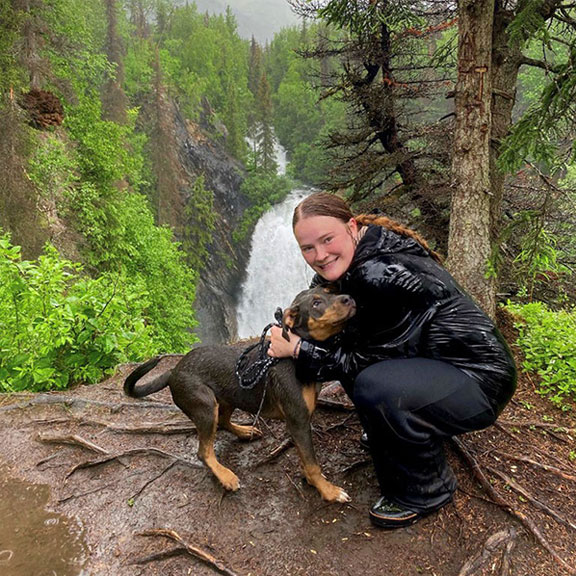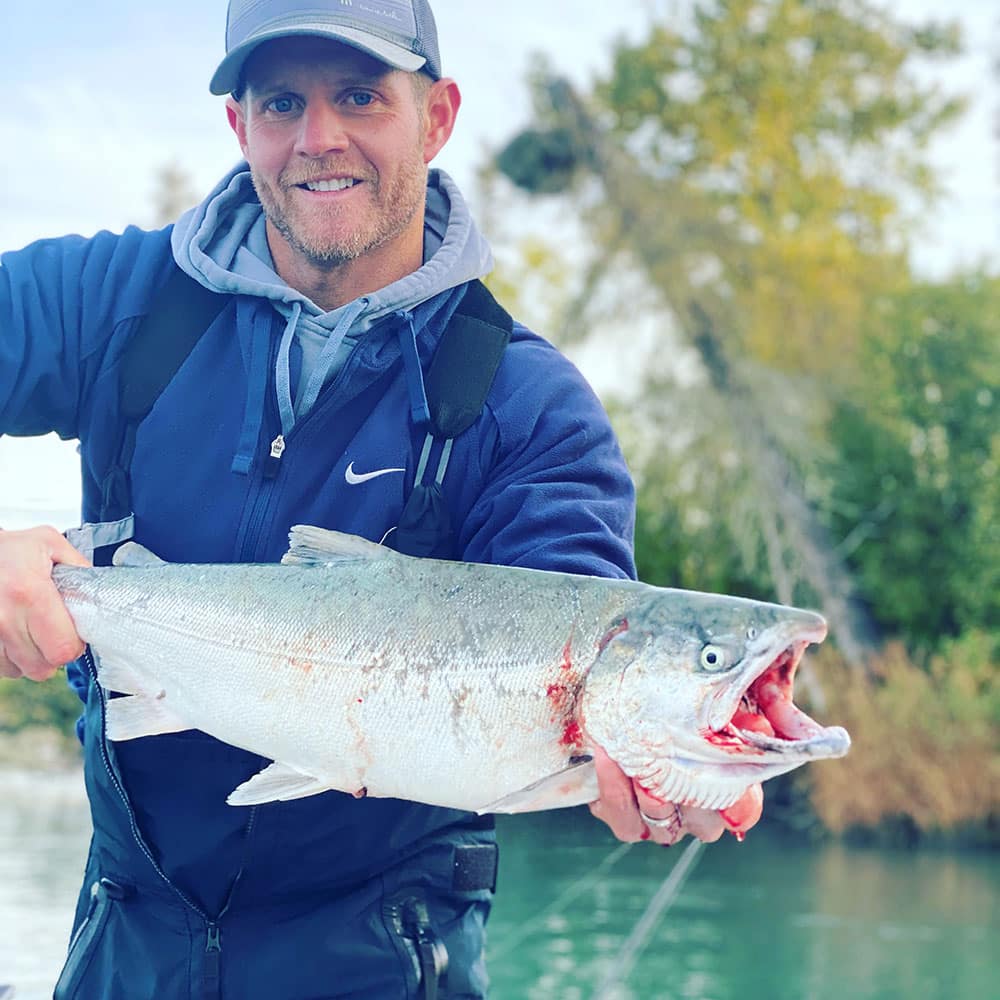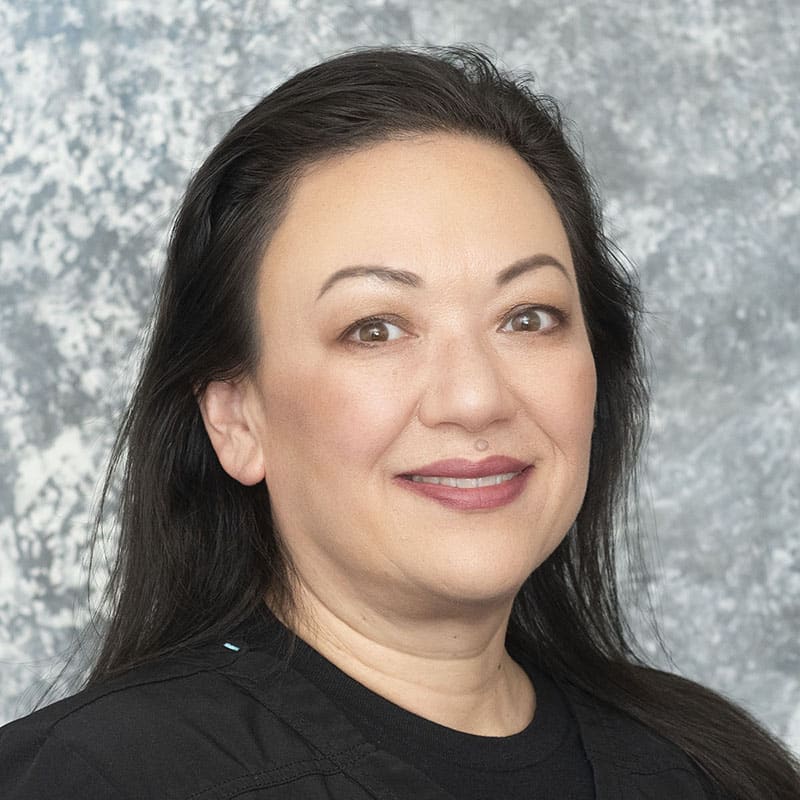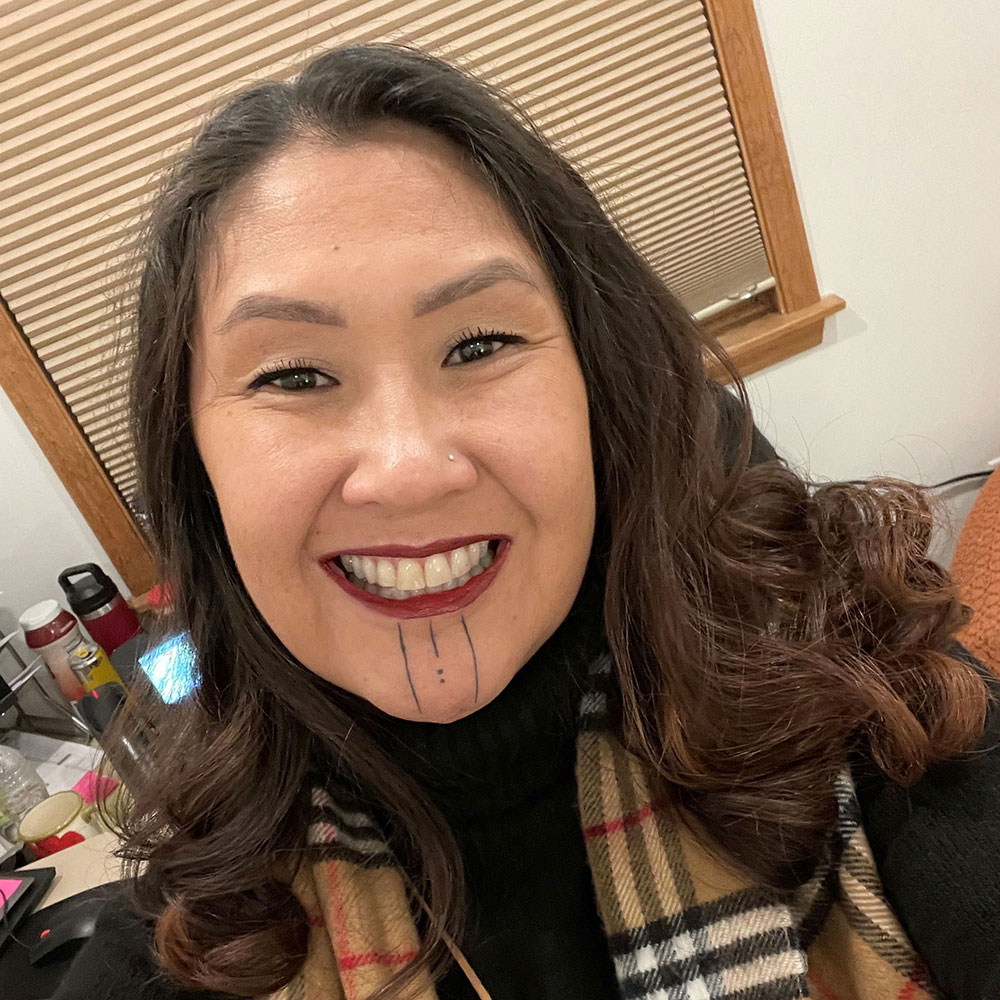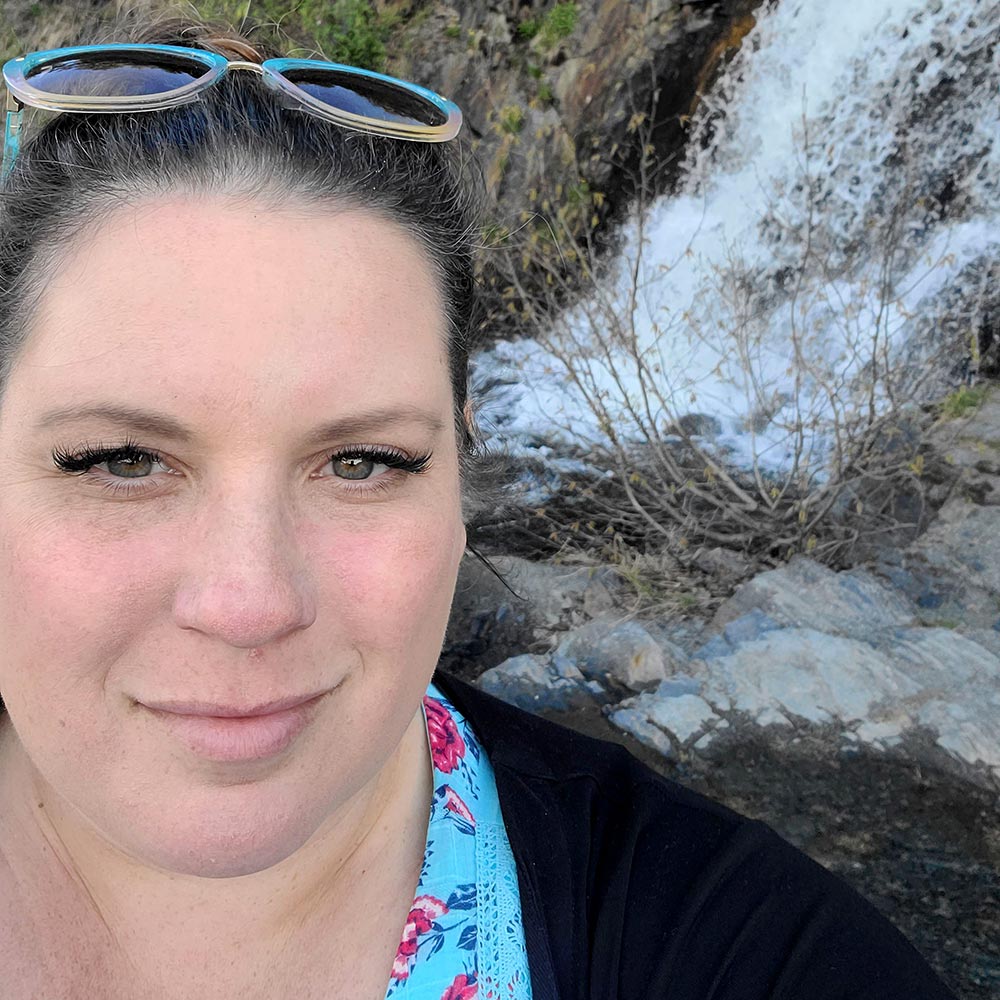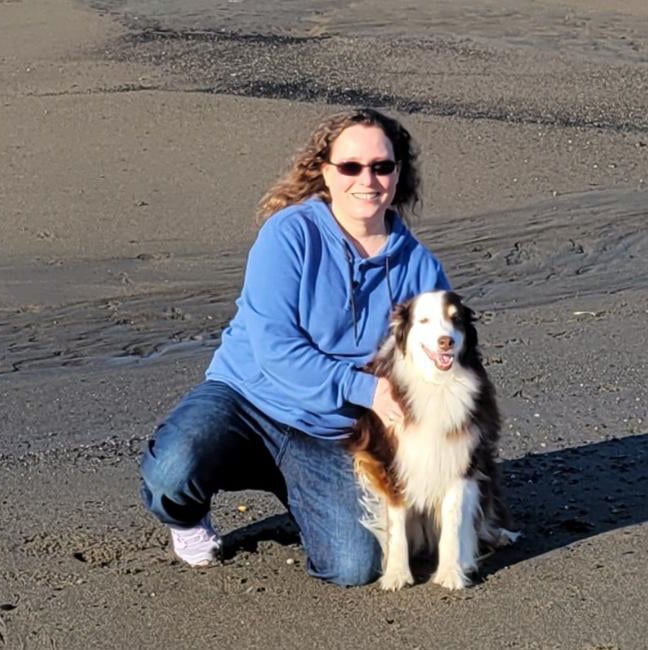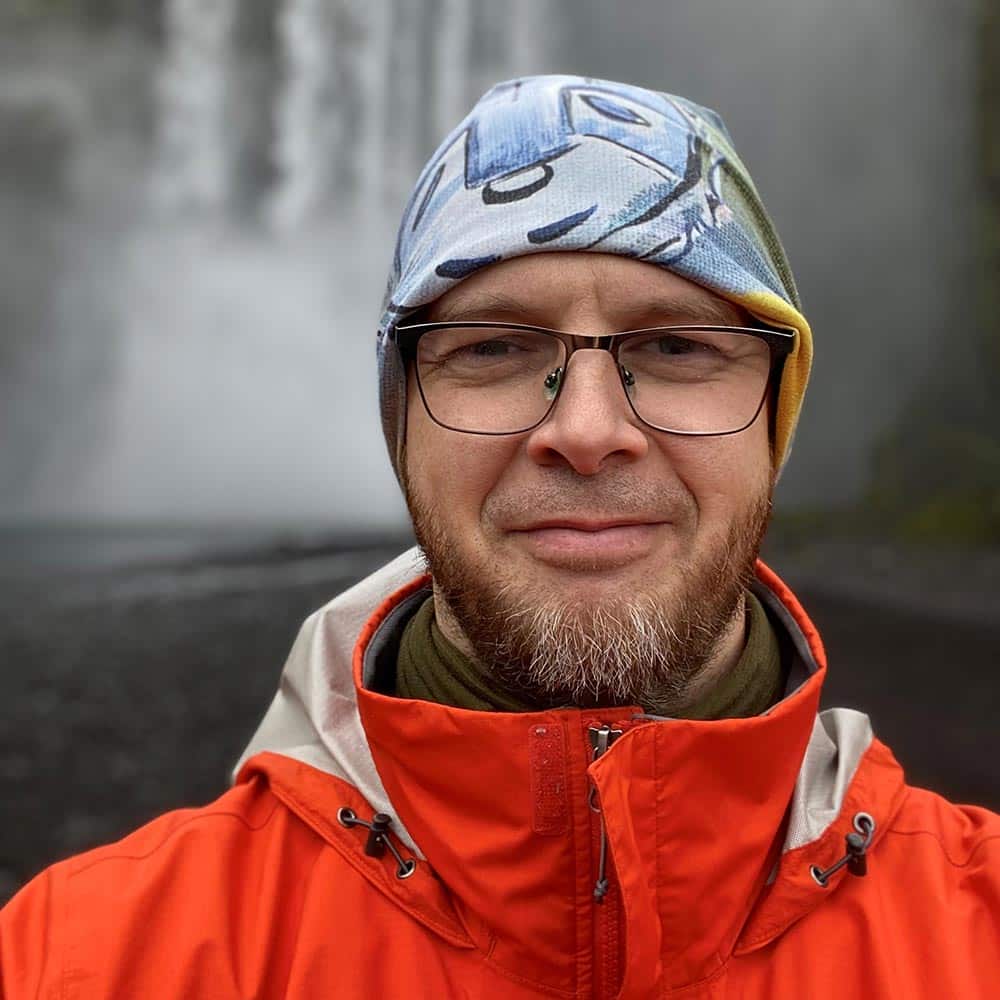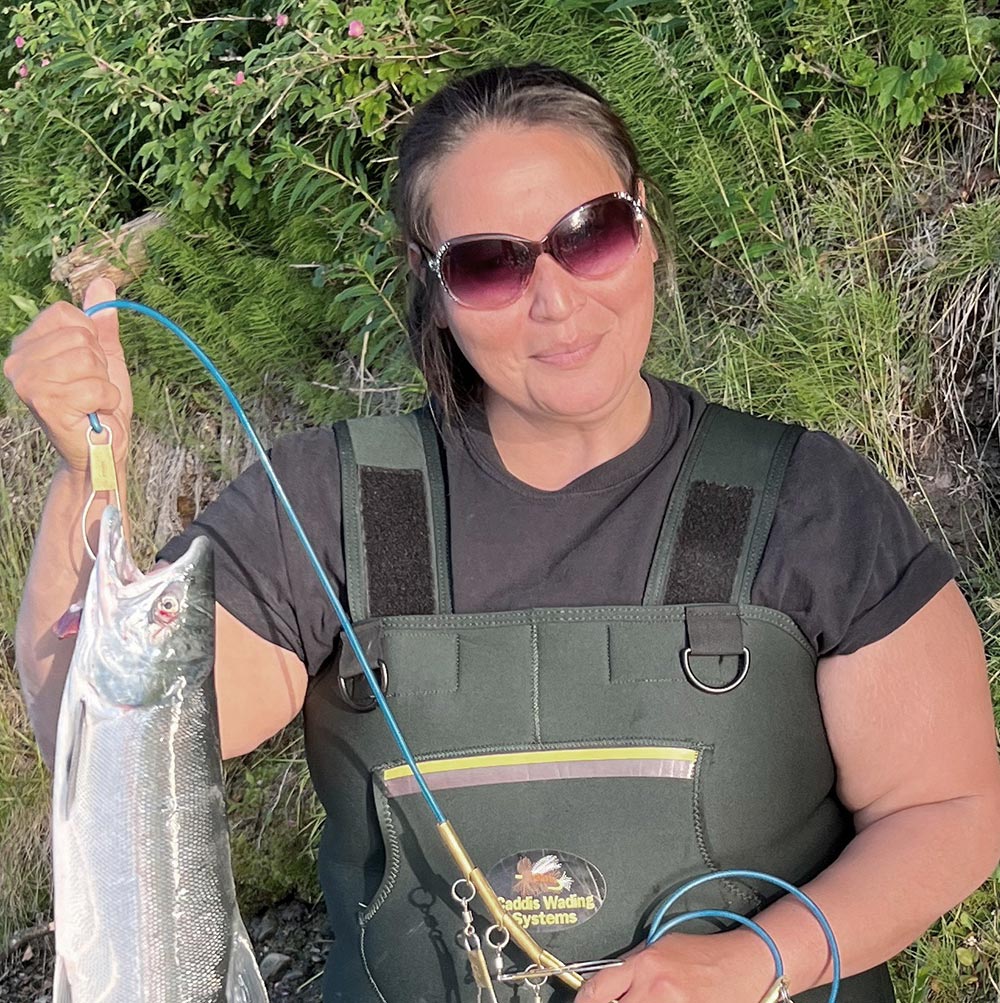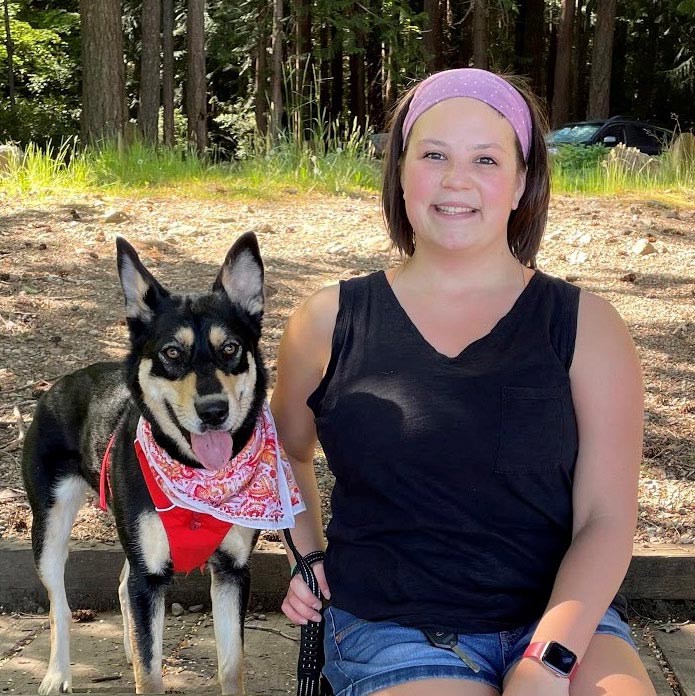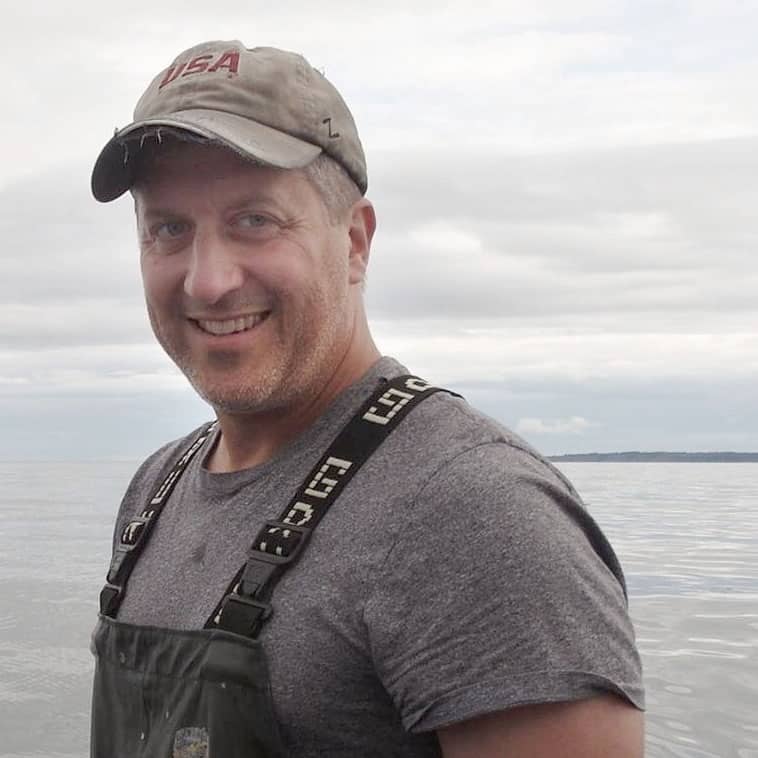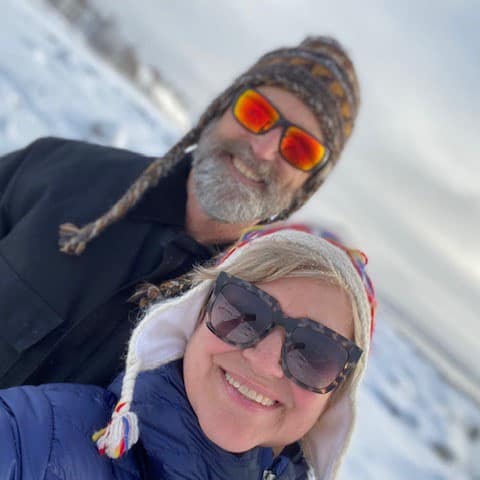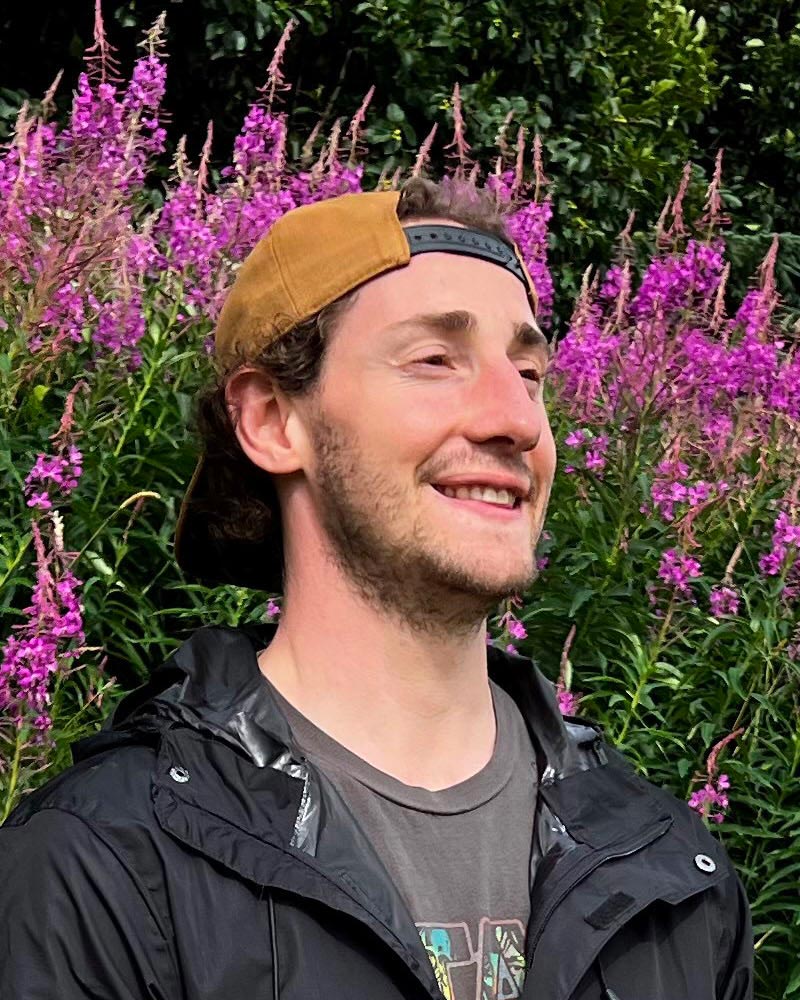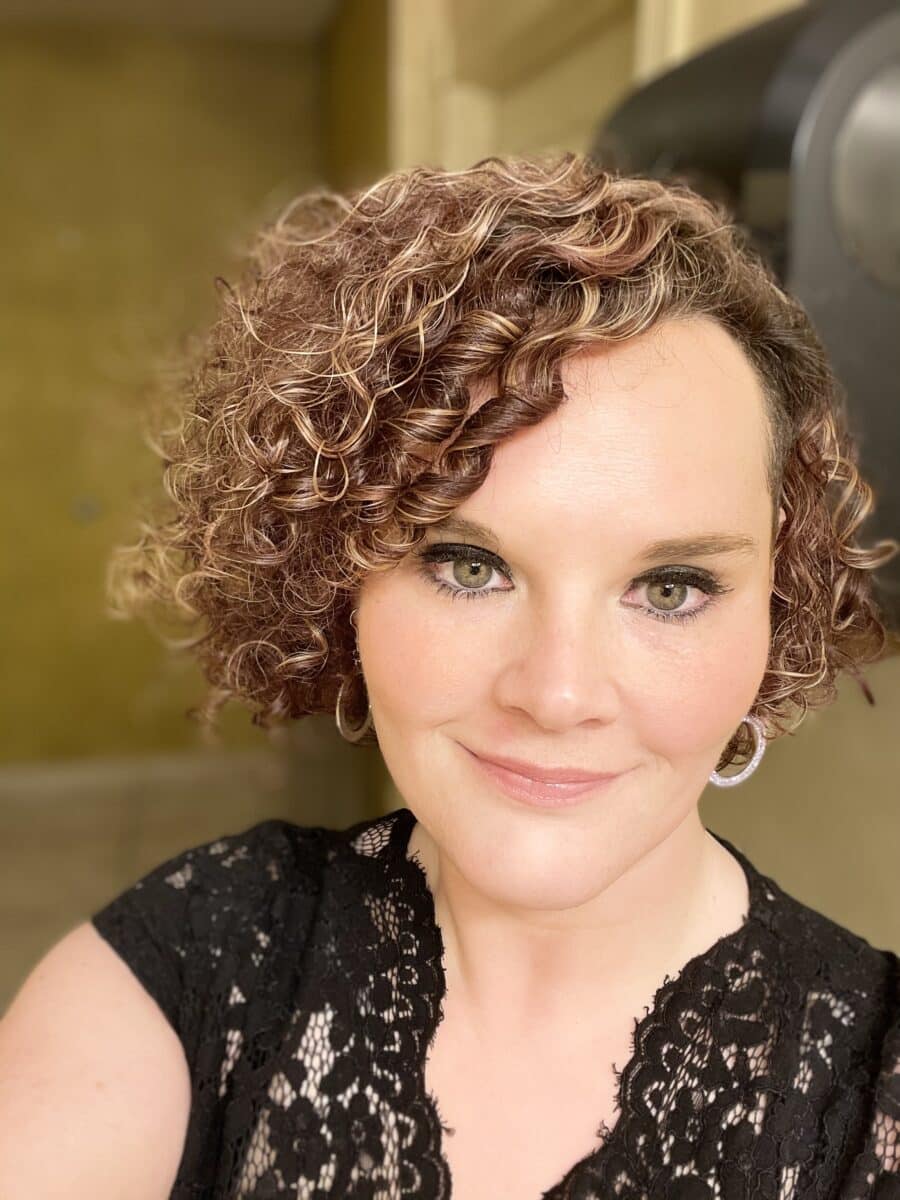
Bill Overstreet talks about the dramatic improvements he has made to his health by eating better and by being more active.
Bill Overstreet walked into the grocery store, strolled to the salad bar and grabbed a plastic to-go box. Tongs in hand, he scanned the colorful spread – carrots, lettuce, peppers – and began assembling his lunch.
Then, nearby, something caught his eye: a neatly packaged pecan pie.
“It was pretty tempting,” Overstreet said. “But I passed it up.”
As he told the story before a morning workout at the Dena’ina Wellness Center in December, Overstreet admitted there was a time, not long ago, when he would have made a different choice had he faced the same temptation.
Overstreet, 54, is enrolled in the Diabetes Prevention Program offered through the Wellness Department, which recognized Diabetes Awareness Month in November. The program is open to customers who have been diagnosed with pre-diabetes, encouraging exercise, a balanced diet and other healthy lifestyle choices.
Before he entered the program, Overstreet paid little attention to what he ate or how much he exercised. And his health reflected those choices.
The Kenai resident weighed 267 pounds and had high blood pressure and elevated glucose levels. His tonsils were removed about two years ago, and he has used a breathing machine to assist with sleep apnea.
And as added motivation, he recently learned he will be required to meet specific medical requirements to drive commercial vehicles, one of his professions.
“Not only do I have to do this for my health, but my job as well,” Overstreet said.
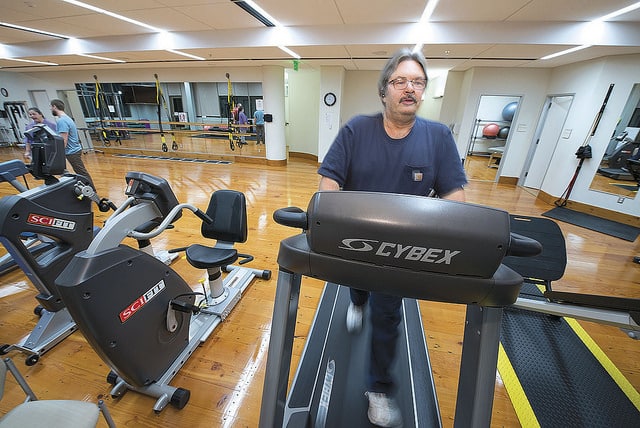
Bill Overstreet works out on the treadmill in the Dena’ina Wellness Center’s activity area. Overstreet is enrolled in the Diabetes Prevention Program.
As of mid-December, two-and-a-half months into the program, Overstreet had lost about 25 pounds and reduced his body mass index.
He attributed the transformation to two primary lifestyle changes: diet and exercise.
Although a shoulder injury limits his upper-body mobility, Overstreet exercises on a treadmill about 60 minutes a day. Some days, he goes to the Kenai Recreation Center. Other days, he uses the activities area at the wellness center.
To help pass time on the treadmill, Overstreet uses his cell phone to listen to music, watch television shows and movies, and even catch up on texts and emails.
“Next thing you know, 30 minutes has gone by without even knowing it,” he said. “If you have something there to break up the monotony, to keep your mind off things, it goes a lot faster.”
A healthy diet also has become important to Overstreet, who admits he enjoys all the bad stuff – burgers, soda, pizza, cookies.
Now he pays close attention to food labels and nutrition facts, monitoring calories, fat and sugar. He also weighs himself twice a day.
Turkey, in many forms – burgers, bacon, crumbles – have become one of Overstreet’s go-to foods. So, too, have vegetable smoothies. Yogurt, grits and “Egg Beaters” are fixtures at breakfast, while salmon and salad are staples at dinner.
Overstreet consumes about 1,500 or 1,600 calories a day, sometimes a little more, sometimes a little less.
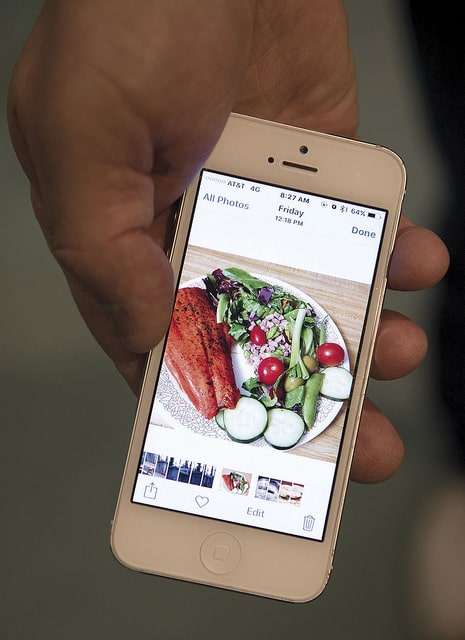
Bill Overstreet uses his phone to display a photo of one of the healthy meals he now cooks regularly. “I’m not starving myself by any means,” he said. “I’m just watching what I eat.”
“I’m not starving myself by any means,” he said. “I’m just watching what I eat.”
Teaching healthy lifestyle habits is one of the most important components of the program.
Robin Morris, Diabetes Prevention Coordinator and Wellness Consultant, said participants meet once a week for classes and receive coaching and individualized plans.
Participants also have access to seasonal harvesting activities, healthy cooking demonstrations and more. The program spans 16 weeks.
“Participants learn a lot about the importance of planning meals and goal-setting and achieving their goals – not only for health reasons, but for disease prevention and diabetes prevention,” Morris said.
But the challenge does not end when participants graduate.
Morris said graduates are put on a list and contacted to participate in future wellness activities, something not lost on Overstreet, who completed the program a couple years ago only to gain the weight back.
Adding to the stakes, diabetes rates are higher than average among Alaska Native and American Indian people.
Morris said she’s sees many customers who approach her out of fear because of family history.
“They come to us and say, ‘I don’t want to have to do that, how can I prevent that?'” she said.
Overstreet has asked the same question.
And although it’s been a challenge, and the hardest work is yet to come, now he has an answer.
“It’s more self-discipline and determination than anything. If you can’t discipline yourself, it’s not going to work,” Overstreet said. “If I should be eating a salad with salmon, but yet I’m really craving a hamburger, well, what’s going to be the outcome?”
KNOW THE RISKS
- Do you have a parent, brother or sister with diabetes?
- Are you Alaska Native or American Indian?
- Are you overweight?
- Do you get too little physical activity?
- Do you have high blood pressure?
- Do you have high cholesterol?
- If you are a woman, have you had a baby who weighed more than 9 pounds at birth?
- Are you 45 years or older?
- If the answer is yes to any of these questions, act now by contacting the Dena’ina Wellness Center at 907-335-7500.
DO YOUR PART
- Eat healthy
- Move toward a healthy weight
- Manage stress
- Quit smoking
- Treat high blood pressure and cholesterol
- Get enough sleep








